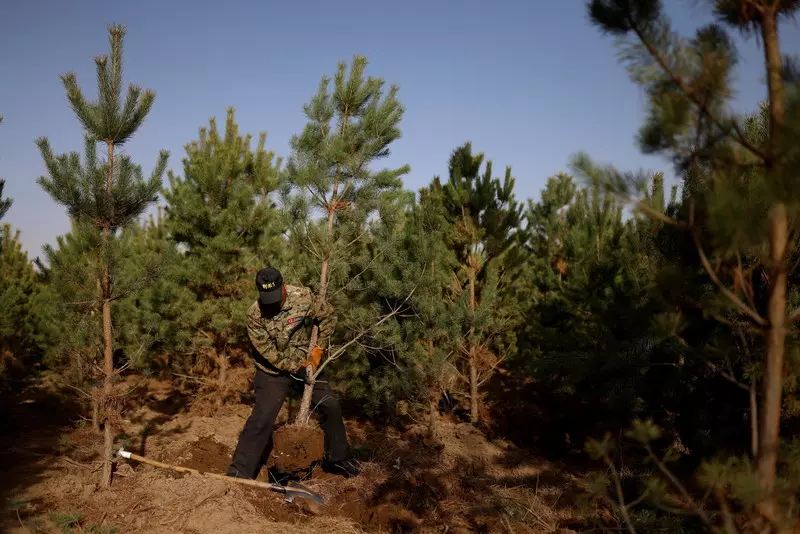How many trees do we need to reverse climate change
Ajanta · 8 months ago
Individuals, organizations, and governments are throwing their weight behind tree planting. There are efforts to protect existing forests and plant new ones. The Paris Agreement has a significant number of nations coming together to combat climate change. Although President Donald Trump announced intentions to pull out of the agreement, he endorsed the 1 trillion trees program at the 2020 world economic forum. The 1 trillion trees program is a multi-stakeholder effort by the world economic forum and its partners to grow, restore, and conserve 1 trillion trees. The United States representative, Bruce Westerman, also pushed the 1 trillion trees act. Although it garnered a lot of criticism, the president supports the 1 trillion trees act. Nations under the United Nations Economic Commission for Europe have seen an increase in how much CO2 trees have taken up. This is because the policies and laws concerning forests in the area ensure that new trees are planted to replace the ones cut down. The total forest cover of this region amounts to 1.9 billion hectares. Research led by professor Tom Crowther found that there are 1.7 billion hectares of land that could support new trees. This area is 11% of all land and equal to the size of the United States and China put together. The researchers did not include urban areas or crop fields in their analysis. They estimate that this worldwide tree-planting scheme could remove 205 gigatons of human-caused carbon emissions in 50-100 years. In professor Crowther's words “... it is overwhelmingly more powerful than all of the other climate change solutions proposed”. The researchers make it clear in an erratum later published that the statement in the earlier sentence does not mean to put planting trees above the reduction of fossil fuel emissions. The study gives a clear blueprint of how much more trees we can plant without disrupting agriculture4. Although these proposed new forests will cover areas worldwide, over 50% of the forest restoration land area are in the United States, Brazil, Canada, China, Russia, and Australia. The Edinburgh Centre for Carbon Management tried to examine if more trees are all that we need to stop global warming. They created two simulations; in the first, two situations are considered. The first is constant deforestation, no large-scale reforestation, and the Amazon sink becoming a carbon source. This situation showed atmospheric concentration exceeding 500ppm in 2050. In the second situation, they reduce deforestation and add extensive reforestation, but atmospheric concentration also exceeded 500 ppm in 2060. In the second simulation, they considered again the same situations but with a vast reduction of greenhouse gas emissions from the energy sector. In the first weak forestry situation, atmospheric concentration peaked in 2070. In the strong forest situation, however, critical atmospheric concentration was never reached. Rather it began to reduce in 2050. This led the ECCM to conclude that tree planting alone can not solve global warming. It needs to be combined with a reduction in fossil fuel emissions. As Greta Thunberg says “planting trees is very good, of course, but it is nowhere near enough”. In addition to protecting the planet, increased forestry can be beneficial to people. Planting fruit and rubber trees can provide income for them. Also, in countries with large wood industries like Nigeria, Ghana, and Cameroon, a reforestation campaign could reduce pressure on their natural forests. An abundance of trees is equal to an abundance of wood that we could use to replace fossil fuels in some processes.
